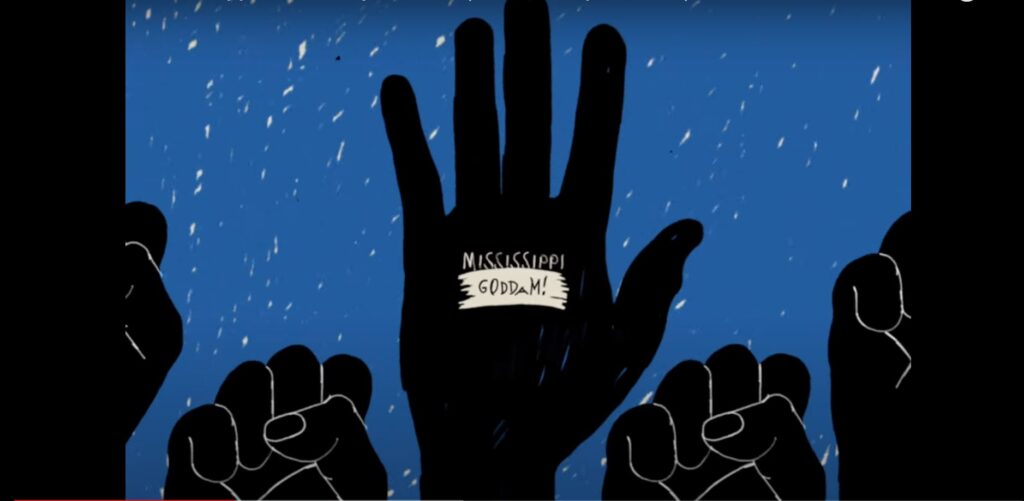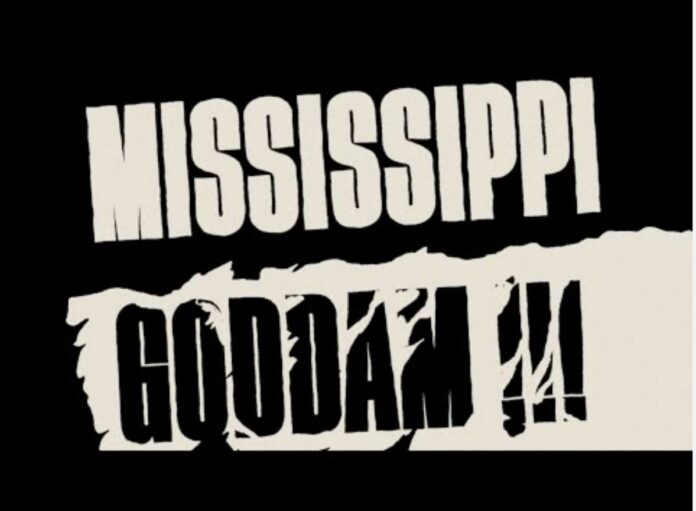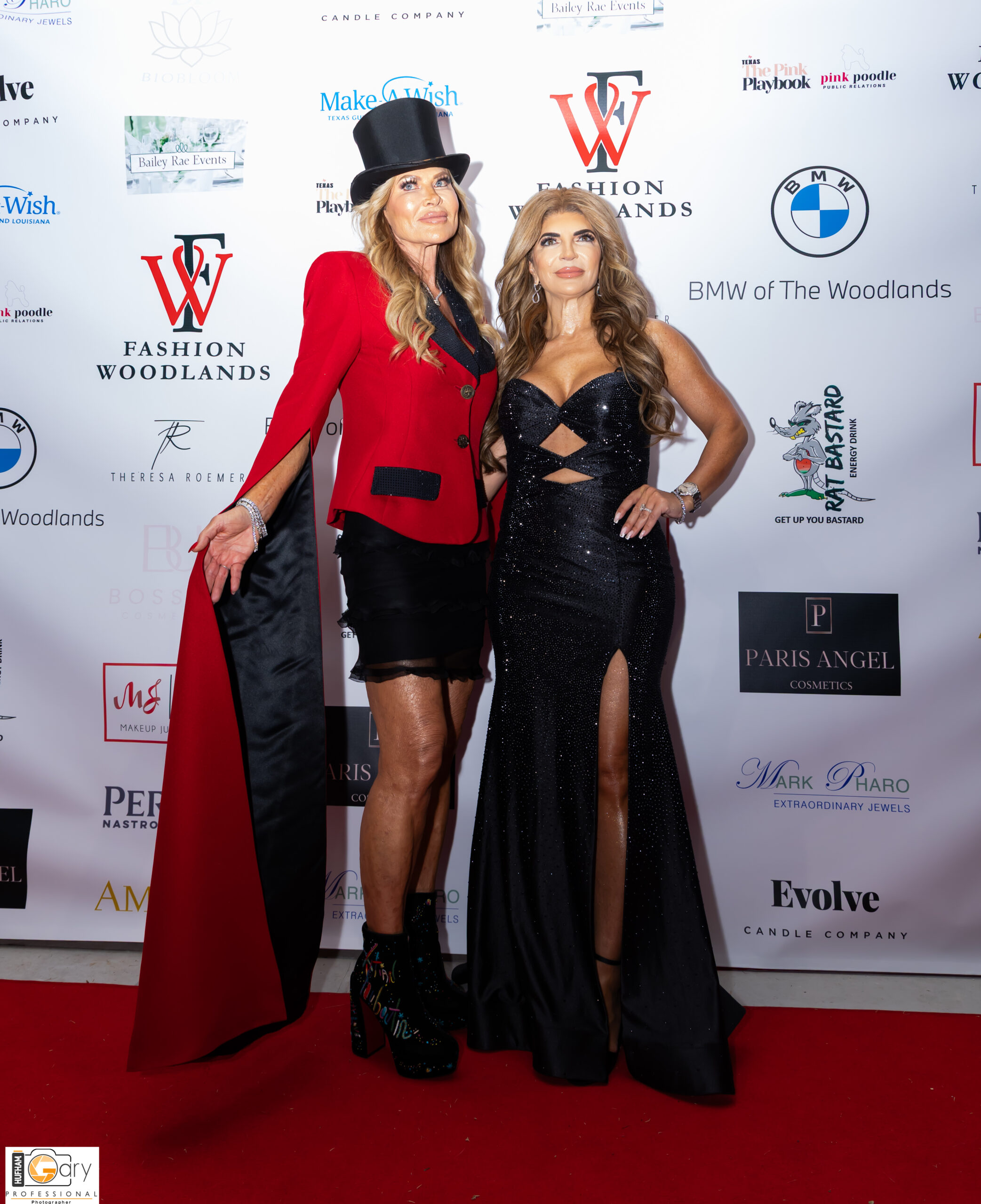( ENSPIRE Music ) Nevil Bernard Visualizer Embodies Urgency & Anger From the Civil Rights Movement to the Black Lives Matter Movement
ENSPIRE Contributor: Cailin Tennis
Recognizing Juneteenth which took place this past June, Nevil Bernard has composed a visualizer to accompany “Mississippi Goddam (Live at Newport, 1966).” This song was written by the legendary Nina Simone in the sixties. In fact, there was so much urgency and anger around the civil rights movement that Nina Simone wrote the original composition in less than an hour. The visuals were inspired by the graphic diversity of protest signs from the civil rights movement to the more recent Black Lives Matter movement.
The complete lyrics to “Mississippi Goddam” were animated by Paris-based director and illustrator Nevil Bernard. He uses a mixture of kinetic typography, illustration, and digital hand-drawn lettering. It follows the rhythm of Simone’s vocals and her trio’s remarkable live performance. Other symbols of protest and participation – placards and pasteboards, campaign pins, and posters – help illustrate how Simone’s iconic protest anthem is regrettably still relevant today.

At the time Nina Simone wrote the song, racism, and segregation were plaguing American society. Despite having slavery abolished over a century before, Black Americans were still being denied access to good housing, high-quality education, employment, and basic amenities. In addition, many had advocated for equality and respect with nonviolent protests but were met with arrests and violence from police forces. This frustrating, systematic inequality led to understandable expressions of anger, demands for change, and an urge for reparations.
Nina Simone’s song is an example of these manifestations. Bernard has built upon her foundation with his creative visual interpretation of the song. “The creative for “Mississippi Goddam” draws inspiration from the civil rights movements’ do-it-yourself typography and graphic means of communicating, community building, organizing, and fighting for justice,” Bernard says. “The extreme gravity of the experience of racism, discrimination, segregation, anti-communist policies, and assassinations are suggested through radical takes on typography and imagery.”
The song’s lyrics unfold on different mediums and frames, such as buttons, flyers, pins, posters, banners, and protest signs highlighting the political context of the song while updating it for today’s setting. Sharp contrasts, distressed textures, imperfections, and bold shapes were chosen by Bernard to emphasize the electrifying live version of the song. Creative actions for advocacy like these are exactly the type of initiatives that ENSPIRE aims to highlight.
Racism is still highly prevalent in today’s world, even if it manifests itself in different ways. ENSPIRE encourages readers to learn about anti-racism, and how we can all contribute to a more equitable and inclusive world. A great first step is to watch the lyric video of Nina Simone – Mississippi Goddam (Live at Newport, 1966). Hear more of Nina Simone’s songs on her Youtube channel, and learn more about Nevil Bernard through his Instagram.
Related Articles: From Soldier to Boss: Documentary on Civil Rights Hero and Dr. King Aide Set for Release in Fall 2022, Airbnb is Building Community and Promoting Inclusivity







